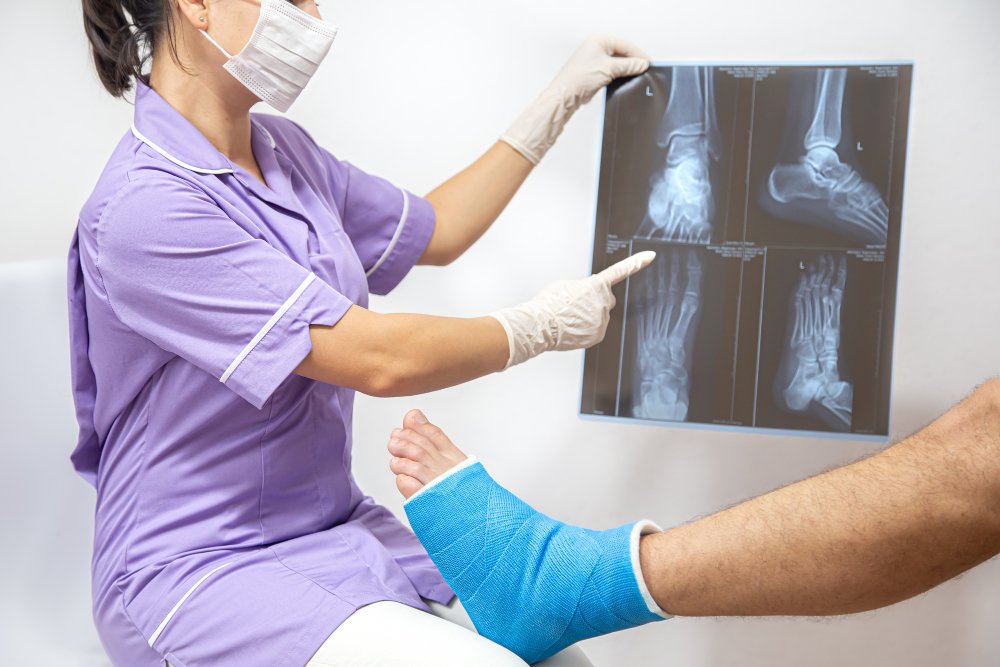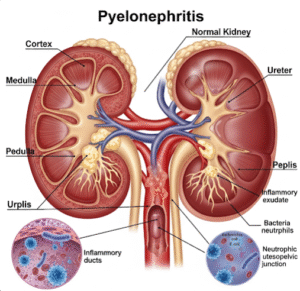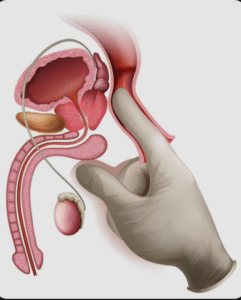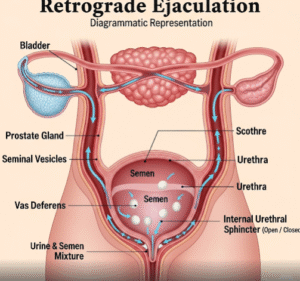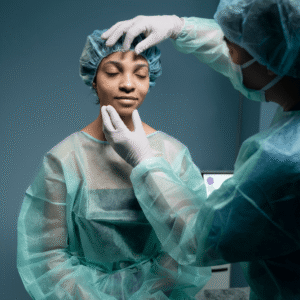Overview
A Jones fracture is a specific type of foot fracture that occurs at the base of the fifth metatarsal bone, located on the outer side of the foot. It is clinically significant because it tends to heal poorly due to limited blood supply in that area. In Korea, Jones fractures are commonly seen among athletes, dancers, and individuals with active lifestyles. Advanced treatment and rehabilitation services are widely available at leading Korean orthopedic and sports medicine centers, making recovery outcomes favorable when diagnosed early.
What is a Jones Fracture?
A Jones fracture is a break in the fifth metatarsal bone of the foot, typically occurring about 1.5–3 cm from its base. Unlike simple avulsion fractures, Jones fractures are more serious because they occur in an area with reduced blood circulation, which can delay or prevent healing. This type of fracture can affect anyone, but it is most common in young adults, athletes, and people engaged in repetitive foot stress activities.
Symptoms
- Sudden pain on the outer side of the foot
- Swelling and bruising near the base of the little toe
- Difficulty walking or bearing weight on the foot
- Tenderness to touch along the fifth metatarsal
- Pain that worsens with physical activity and improves with rest
Causes
- Trauma or injury: A sudden twist or impact to the foot
- Sports activities: Running, jumping, or pivoting movements common in basketball, soccer, or dance
- Stress fracture: Repetitive overuse or microtrauma
- Improper footwear: Shoes that do not provide enough lateral support
Risk Factors
- Participation in high-impact sports (e.g., basketball, soccer, football)
- Previous foot injuries or fractures
- Flat feet or high arches, which alter weight distribution
- Osteoporosis or weakened bone density
- Wearing poorly fitting shoes
Complications
If left untreated, a Jones fracture can lead to:
- Delayed healing due to poor blood supply
- Non-union fracture (bone fails to heal completely)
- Chronic pain and persistent swelling
- Foot instability and reduced mobility
- Increased risk of re-fracture
Prevention
- Wearing supportive footwear, especially during sports or exercise
- Using orthotic inserts for individuals with flat feet or high arches
- Avoiding overtraining and ensuring proper rest during intense activities
- Building bone strength through adequate calcium and vitamin D intake
- Early medical evaluation for foot pain to prevent progression into severe fractures
Treatment Options in Korea
South Korea is highly advanced in orthopedic care and sports medicine, offering both conservative and surgical treatment options for Jones fractures:
- Diagnosis
- X-rays are the primary tool for identifying a Jones fracture.
- MRI or CT scans may be used to assess stress fractures or complications.
- Non-Surgical Treatments
- Immobilization: Use of a cast, boot, or splint to stabilize the fracture.
- Non-weight-bearing period: Crutches are often prescribed for 6–8 weeks.
- Bone stimulation therapy: Some Korean hospitals use low-intensity pulsed ultrasound (LIPUS) or electrical bone stimulators to accelerate healing.
- Surgical Treatments
- Intramedullary screw fixation: A common procedure in Korea where a surgical screw is inserted into the bone to stabilize the fracture, especially in athletes.
- Bone grafting: Performed in cases of non-union or repeated fractures.
- Minimally invasive techniques: Korean orthopedic surgeons often employ arthroscopic and small-incision methods for faster recovery.
- Rehabilitation & Follow-Up Care
- Physiotherapy is an integral part of recovery, including balance training, strengthening, and gradual return-to-sport programs.
- Sports medicine centers in Korea, such as those at Samsung Medical Center, Asan Medical Center, and Seoul National University Hospital, specialize in rehabilitation for athletes recovering from Jones fractures.
- Return to Activity
- Athletes can often return to sports within 8–12 weeks after surgery, though healing times vary depending on the severity and treatment approach.

